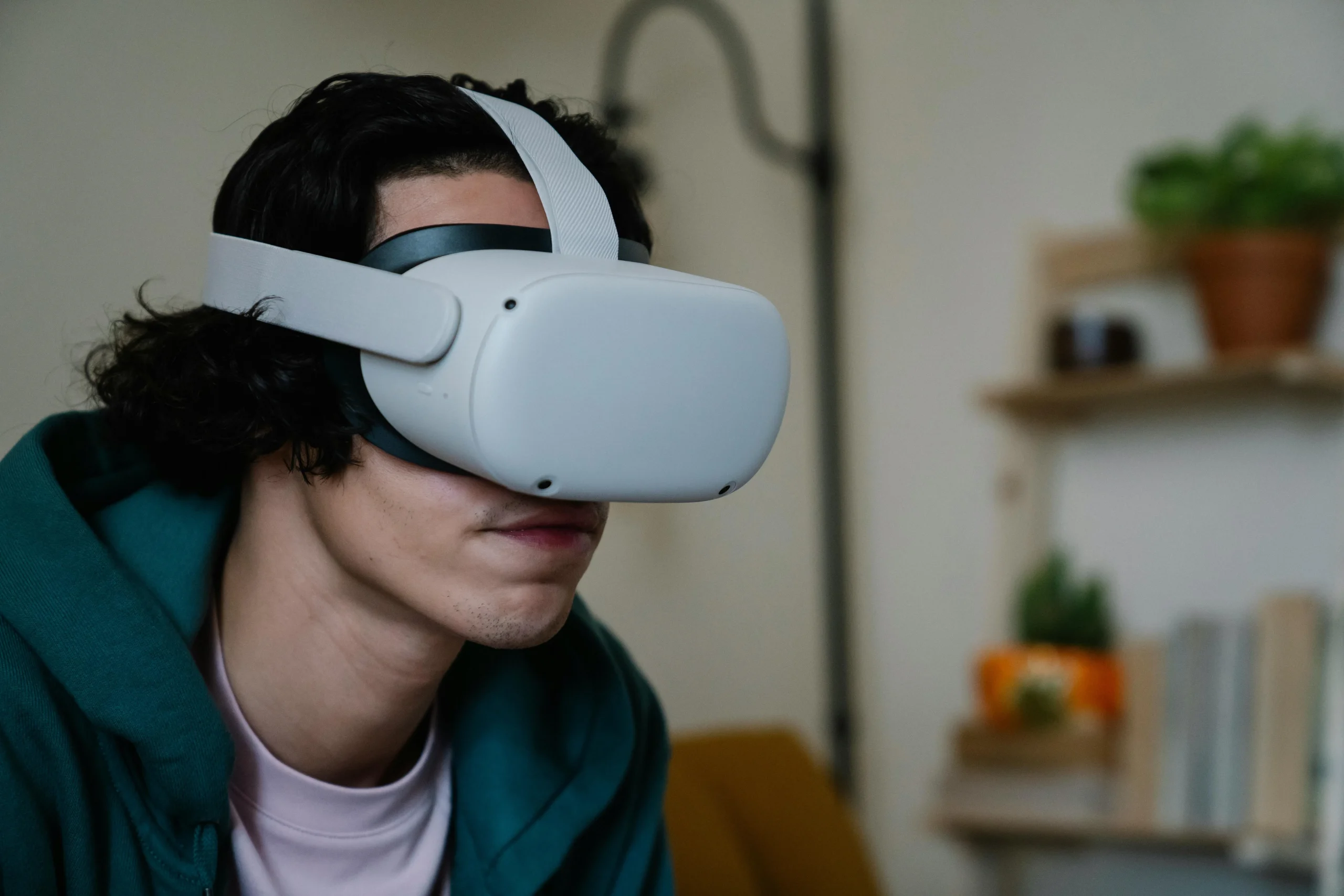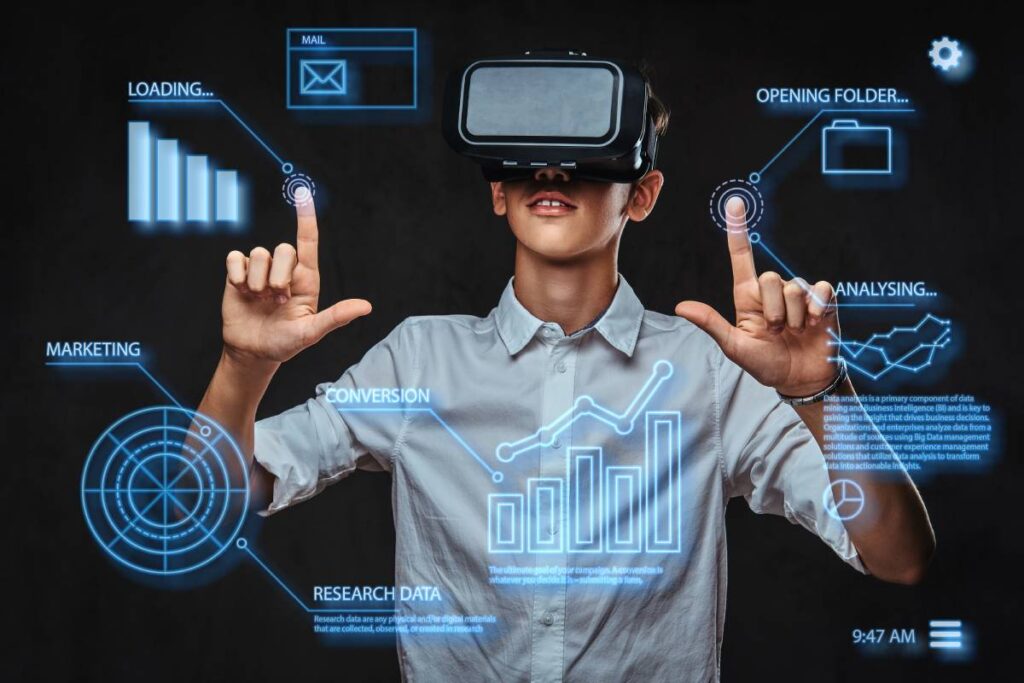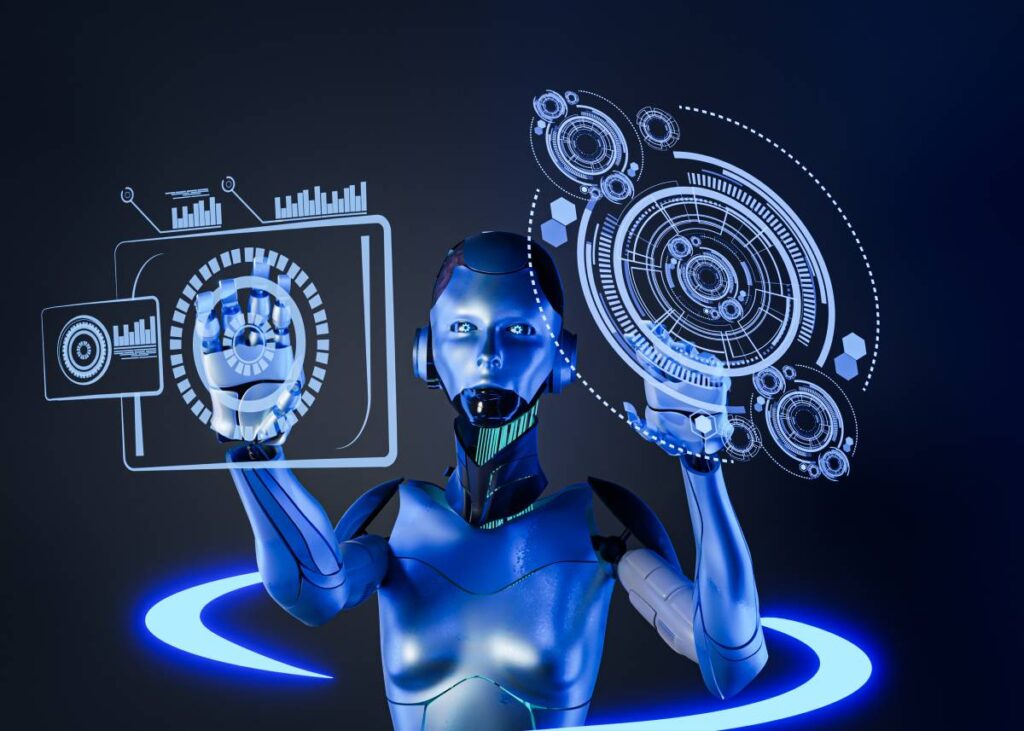Wearable tech, such as smartwatches and fitness trackers, has become increasingly popular in recent years. These devices are changing the way we live our lives by providing us with real-time information about our health, fitness, and daily activities. Wearable tech is revolutionizing the way we monitor our physical and mental well-being, as well as how we interact with the world around us. The convenience and accessibility of wearable tech make it an integral part of modern life, impacting everything from healthcare to entertainment.
The emergence of wearable technology has sparked curiosity about its impact on various aspects of our lives. From its influence on personal productivity to its role in shaping social interactions, wearable tech has raised questions about the ways in which it is reshaping our daily routines. Additionally, the implications of wearable tech on privacy and data security have also been a topic of concern for many. As the technology continues to evolve, it will be fascinating to see how wearable tech will continue to transform our lives in the future.
1. Health and Fitness
Wearable tech has revolutionized the way we approach health and fitness. Devices such as fitness trackers, smartwatches, and smart clothing have made it easier for individuals to monitor their physical activity, track their progress, and set achievable fitness goals. These devices can provide real-time feedback on heart rate, calories burned, and even sleep patterns, empowering users to make healthier choices and live more active lifestyles. Additionally, wearable tech has enabled healthcare professionals to remotely monitor patients’ vital signs and activity levels, leading to more personalized and effective medical treatments.
Furthermore, the integration of wearable tech with fitness and health apps has created a supportive and motivational community for users. People can connect with friends, join challenges, and share their achievements, fostering a sense of accountability and encouragement. As a result, wearable tech is not only changing individual behaviors but also reshaping the entire health and fitness industry.
2. Communication and Connectivity
Wearable tech has redefined the way we communicate and stay connected. Smartwatches, smart glasses, and smart jewelry have made it possible to access notifications, calls, and messages directly from our wrists or even our eyewear. This seamless integration of technology into everyday accessories has allowed individuals to stay connected without constantly reaching for their smartphones. Moreover, wearable devices equipped with voice recognition technology enable users to send messages, make calls, and access information through simple voice commands, enhancing convenience and productivity.
Additionally, wearable tech has facilitated communication for individuals with hearing or speech impairments. Devices such as smart gloves and wristbands can translate sign language into text or speech, bridging the communication gap and promoting inclusivity. The evolution of wearable tech in communication has not only made our lives more efficient but has also made communication more accessible and inclusive for all.
3. Safety and Security
Wearable tech has introduced new levels of safety and security into our daily lives. From smart jewelry with discreet distress signals to GPS-enabled smart clothing, these devices offer peace of mind to users and their loved ones. Wearable safety devices can instantly alert emergency services or designated contacts in case of an accident or danger, providing a sense of security, especially for individuals who live alone or engage in outdoor activities.
Furthermore, wearable tech has revolutionized personal security through features such as biometric authentication and encrypted data transmission. For example, smartwatches and fitness trackers with biometric sensors can ensure that only authorized users can access sensitive information, enhancing data security and privacy. As wearable tech continues to advance, it is likely to play an even more significant role in ensuring the safety and security of individuals in various aspects of their lives.
4. Work and Productivity
Wearable tech has had a profound impact on the way we work and our overall productivity. Smart glasses, smart helmets, and wearable scanners have streamlined processes in industries such as manufacturing, logistics, and healthcare by providing workers with real-time information, hands-free operation, and enhanced safety measures. These devices have not only improved efficiency but have also reduced the risk of errors and accidents in the workplace.
Moreover, wearable tech has facilitated remote work and collaboration, allowing individuals to attend meetings, access documents, and communicate with colleagues from anywhere. This flexibility has transformed traditional work structures, enabling a more dynamic and adaptable approach to work. Additionally, wearable productivity trackers and mental wellness devices have empowered individuals to manage their workloads, monitor stress levels, and maintain a healthier work-life balance, ultimately enhancing overall productivity and well-being.
5. Entertainment and Media
Wearable tech has redefined the way we consume entertainment and media. Virtual reality (VR) headsets, smart eyewear, and wearable cameras have provided immersive and personalized experiences for users, whether it’s experiencing virtual worlds, capturing first-person perspectives, or accessing on-the-go entertainment. These devices have expanded the possibilities for interactive storytelling, gaming, and content creation, blurring the lines between the digital and physical realms.
Furthermore, wearable tech has transformed the live event experience, offering augmented reality (AR) overlays, real-time translations, and interactive features that enhance engagement and enjoyment. Whether attending a concert, a sports event, or a museum tour, wearable devices have enriched the way we perceive and interact with our surroundings, opening up new avenues for creativity and expression in the entertainment and media industry.
6. Fashion and Self-Expression
Wearable tech has become an integral part of the fashion industry, merging technology with self-expression and style. From smart clothing with integrated sensors to customizable LED accessories, wearable tech has allowed individuals to express their creativity and personality in new and innovative ways. These tech-infused fashion pieces not only offer functional benefits, such as climate control and fitness tracking, but also serve as a form of self-expression and identity.
Moreover, wearable tech has encouraged sustainability and ethical practices in fashion by promoting the use of eco-friendly materials and reducing waste through modular and upgradable designs. The integration of technology into fashion has sparked collaborations between tech companies and fashion brands, leading to the creation of unique and futuristic collections that redefine the boundaries of fashion and self-expression.
7. Accessibility and Inclusivity
Wearable tech has played a pivotal role in promoting accessibility and inclusivity for individuals with diverse needs and abilities. Devices such as smart glasses with visual assistance, haptic navigation wearables, and sensory feedback devices have empowered individuals with visual or mobility impairments to navigate their surroundings independently and access information in new ways. These innovative solutions have broken down barriers and created more inclusive environments for people with disabilities.
Furthermore, wearable tech has revolutionized the field of assistive technology, offering personalized solutions for individuals with cognitive, sensory, or physical challenges. Whether it’s enhancing communication, improving daily living activities, or enabling greater independence, wearable devices have opened up new possibilities for individuals to lead fulfilling and empowered lives, regardless of their abilities.
8. Environmental Impact
Wearable tech has the potential to contribute to a more sustainable and environmentally conscious future. The development of eco-friendly materials, energy-efficient wearables, and biodegradable tech components has minimized the environmental impact of wearable devices. Additionally, wearable tech focused on environmental monitoring, such as air quality sensors and UV exposure trackers, has raised awareness about environmental issues and empowered individuals to make informed choices for a healthier planet.
Moreover, wearable tech has encouraged the adoption of sustainable practices in other industries, inspiring a shift towards circular design principles, responsible manufacturing, and extended product lifecycles. As wearable tech continues to evolve, it has the opportunity to drive positive environmental change and encourage a more mindful approach to technology consumption and production.
| Aspect | Impact |
|---|---|
| Health and Fitness | Wearable devices like fitness trackers and smartwatches help individuals monitor their physical activity, heart rate, and sleep patterns, leading to healthier lifestyles. |
| Communication | Smart glasses and smartwatches enable users to stay connected without constantly checking their smartphones, improving efficiency and reducing distractions. |
| Workplace Productivity | Wearable tech in the form of AR glasses or smart helmets can provide workers with real-time information and hands-free guidance, enhancing productivity and safety. |
| Entertainment | VR headsets and AR glasses offer immersive experiences in gaming, live events, and storytelling, revolutionizing the entertainment industry. |
| Privacy and Security | Concerns arise regarding the collection and potential misuse of personal data from wearable devices, prompting discussions about privacy laws and cybersecurity measures. |



